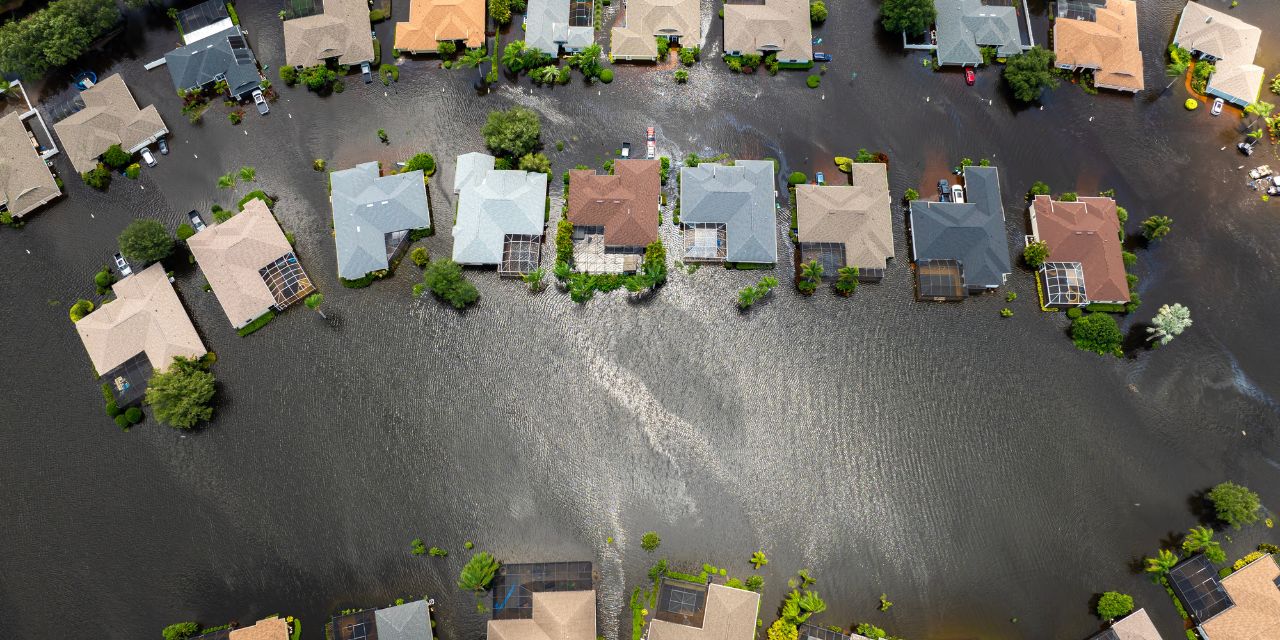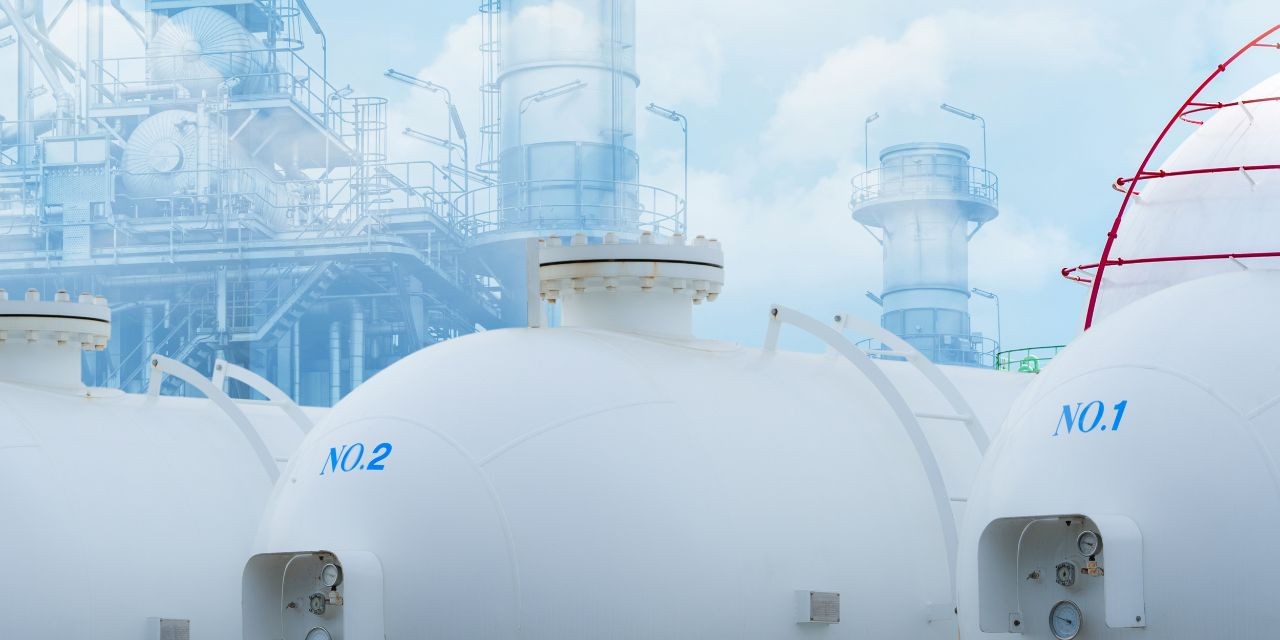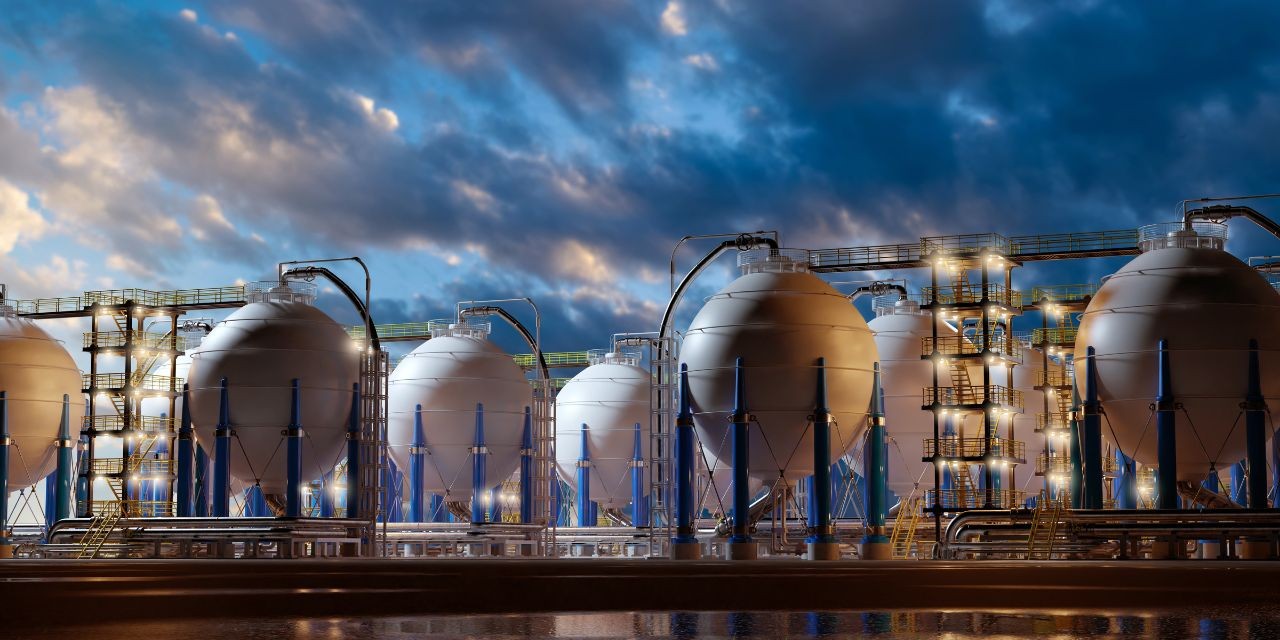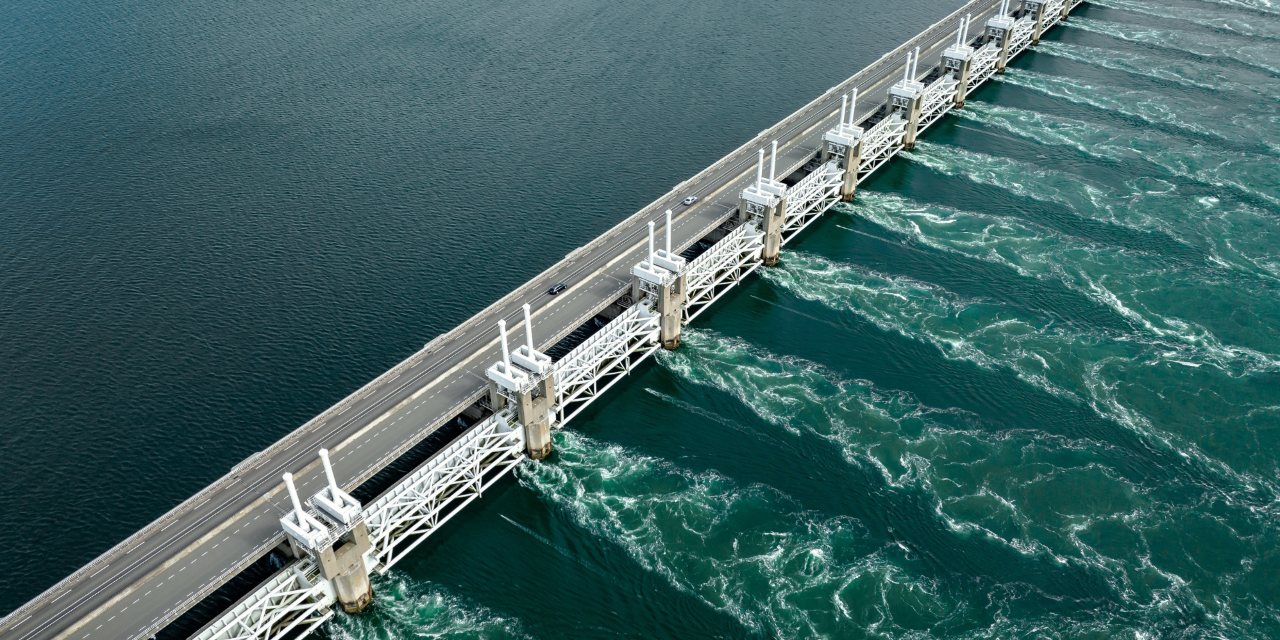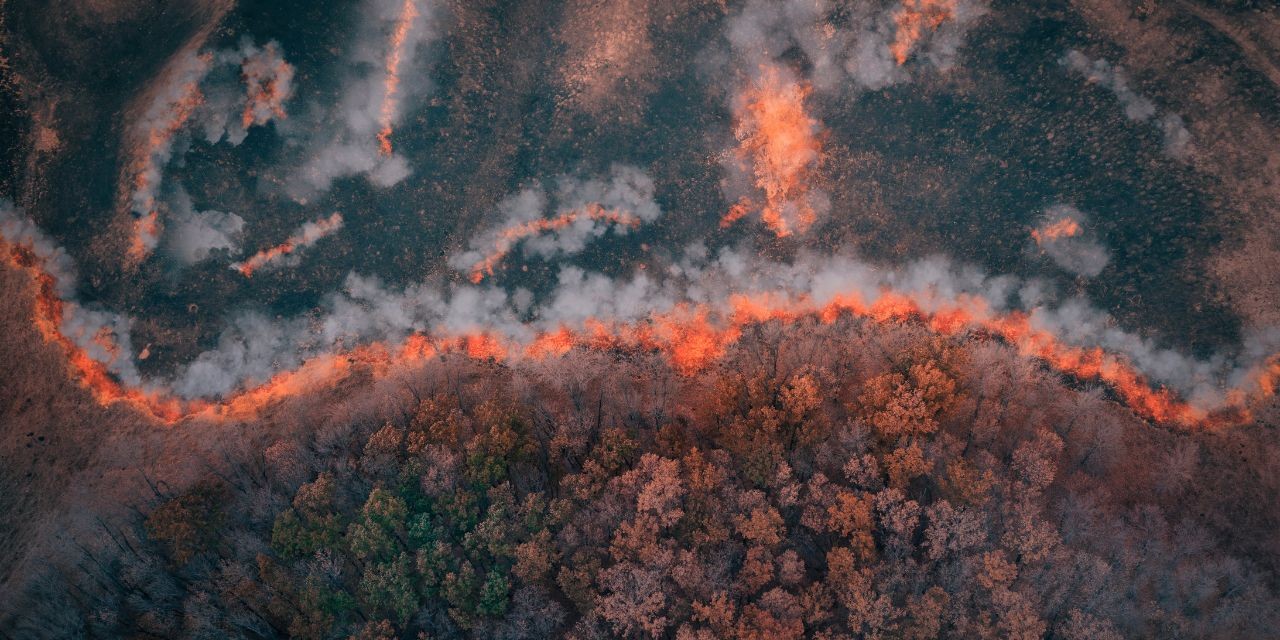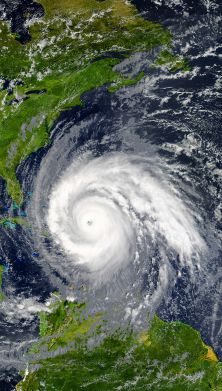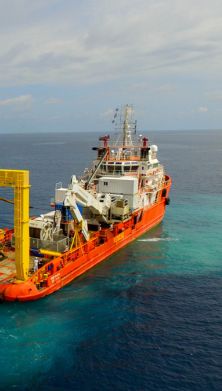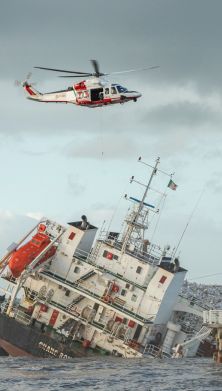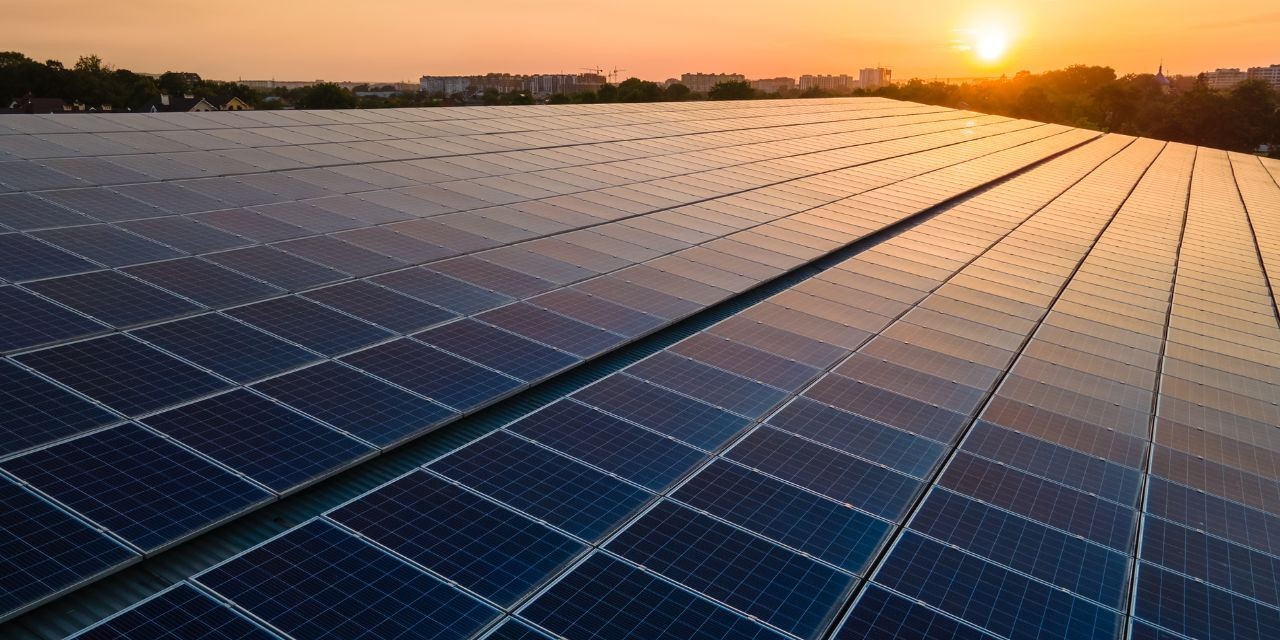Why climate resilience must be a business imperative
- Climate resilience measures can help safeguard business operations and contribute to a more sustainable future.
- Physical risks from climate change include the increased severity of floods or tropical cyclones, or chronic perils like sea level rises, all of which can affect factors such as a business‘ assets and supply chain.
- Building resilience can be achieved through physical measures, such as flood barriers, nature-based solutions, such as river restoration or green building solutions, and behavioral changes, such as developing emergency plans.
- Businesses around the world face mounting costs from regulatory compliance on disclosing physical climate risks as well as operational disruptions caused by more extreme weather events and ecosystem degradation.
Australians describe their homeland as the ‘Lucky Country’. Yet when it comes to natural hazards, Australia is not always so fortunate. With a hot, dry climate and vast areas of forested land, it is exposed to bushfires, floods, droughts, cyclones, and heatwaves.
“In a country like Australia, there is significant interest in building resilience because the risks and associated losses from extreme events are so high,” says Lena Fuldauer, Global Sustainability and Resilience Solutions Lead at Allianz Commercial. “But as climate change continues to influence weather patterns, increasing the intensity and impact of extreme events in many areas of the world, we see interest in resilience growing.”
Fuldauer says that interest in resilience typically peaks in the months following a disaster and then, “human nature being what it is, it wanes. But with more frequent and intense events occurring, it’s not usually long before the topic reappears on agendas, and organizations are once again interested in investing in resilience. Awareness is growing that resilience will require ongoing investment in disaster preparedness and response, and that businesses are operating in an increasingly stringent regulatory landscape.”
In Europe there is a particularly comprehensive framework of laws and policies to promote climate change resilience and mitigation, which are part of the broader European Green Deal initiative. These include the European Climate Law, which legally enshrines the EU’s commitment to achieving net-zero greenhouse gas emissions by 2050, and the Corporate Sustainability Reporting Directive, which requires companies to disclose comprehensive information on their environmental, social, and governance (ESG) performance and impact.
Then there is the Climate Adaptation Strategy, which aims to make Europe more resilient to the impacts by enhancing climate risk assessments, promoting nature-based solutions and integrating climate resilience into financial decision-making. There is also a raft of other measures, including the Circular Economy Action Plan and the EU Taxonomy Regulation, which defines what economic activities can be considered environmentally sustainable, including climate change mitigation, and adaptation criteria.
Arthur Lu, Global Head Environment Impairment Liability at Allianz Commercial, notes: “While other regions might not have stringent regulations like Europe’s, there is a growing concern among clients and internal stakeholders that similar regulations might be introduced. Consequently, they are proactively focusing on resilience and adaptation strategies to stay ahead of potential legislative changes.”

Making the business case
Climate resilience and adaptation refer to the ability of a system, community, or business to anticipate, prepare for, and respond to hazardous events, trends or disturbances related to climate. While the benefits of resilience are clear, businesses can struggle to see the financial returns on such investments.
“As climate- and nature-related risks continue to rise, the financial implications will become increasingly pronounced. Companies heavily dependent on natural resources will face mounting costs – not just from regulatory compliance but from operational disruptions caused by resource depletion, ecosystem degradation, and shifting climate patterns,” says Lu.
“We’ve already seen instances where companies have been forced to halt production or invest heavily in resilience to continue functioning. A drinks manufacturer has faced operational disruptions in India over the issue of depleted groundwater sources, for example. And in the US, a utility company filed for bankruptcy after it was found liable for wildfires sparked by its equipment. Both companies subsequently invested in conservation or prevention efforts.”
Fuldauer points out that resilience and profitability are not mutually exclusive: “For businesses, investing in resilience is a matter of long-term survival and profitability.”

The role of insurers in climate resilience
With experience in risk assessment and management, the insurance industry is well-positioned to advise businesses on their climate risk and resilience efforts. Such advisory services typically support companies in better understanding how risks from extreme events affect their critical locations, and what measures they can take to prepare themselves. Allianz Commercial is continuously investing in new advisory solutions to help clients understand and manage such risks.
Beyond advisory solutions, the insurance industry is working on incentivizing resilience through risk-based pricing, endorsements, or prerequisites. In California, for example, insurers must recognize wildfire risk mitigation measures such as the clearing of debris and vegetation.
The industry also has a role to play in protecting assets, nature, or communities from climate impacts by innovating insurance solutions. In Ghana, Allianz has developed a parametric insurance product that provides immediate funding to maintain critical infrastructure following a flood, ensuring business operations can resume quickly.
Practical actions for building resilience
Building resilience goes beyond regulatory compliance and risk reporting to taking proactive measures to protect business assets, employees, and operations. Lena Fuldauer, Global Sustainability and Resilience Solutions Lead at Allianz Commercial, outlines three main categories of resilience strategies which businesses can adopt:
Physical measures are direct actions to protect infrastructure and assets from climate risks. Examples include flood barriers, sea walls, and flood-proof building materials. Advanced technologies, such as automatic barriers that activate during floods, can significantly reduce damage, and ensure business continuity.
Nature-based solutions involve restoring or protecting natural ecosystems to reduce climate risks. For example, green open spaces can help to cool air while unpaved areas can reduce the velocity of stormwater.
Behavioral changes are vital for driving effective resilience strategies. These include developing and practicing emergency plans, training employees on what to do during extreme weather, and educating communities on best practices.
Allianz Commercial’s approach
An Allianz Commercial assessment of the climate risks confronting a company involves a deep dive into specific physical perils and includes a broad spectrum of different climate risks that companies need to consider. These include acute physical risks, such as the increased severity of tropical cyclones, and chronic perils like sea level rises.
For Allianz Commercial, having the capacity to advise on this broad spectrum of risks means it can position itself as a critical partner in the climate resilience journey.
According to Fuldauer, Allianz Commercial’s approach is twofold: developing solutions for the decarbonization transition and enhancing resilience and climate adaptation for corporate clients.
While some insurers treat resilience and sustainability as a separate function, Allianz embeds resilience considerations across its underwriting, pricing, and product development. This ensures that resilience and sustainability are not just buzzwords but a fundamental part of the business approach.
“We’re trying to not only advise clients on emerging risks and resilience, but to integrate this knowledge into our systems, using data and insights from across the company,” Fuldauer explains. “We also have strong relationships with our clients, which allows us to engage with them early in developing new solutions.”
Together with teams across different lines of business and geographies, Fuldauer conducts co-creation interviews with clients, encouraging them to provide critical feedback. “We want to hear, ‘These are the five things that are missing right now.’ That’s what helps us build solutions our clients actually need,” says Fuldauer.
While the climate crisis is creating daunting challenges, Lu remains optimistic. “We often underestimate our ability to adapt when we see the risks clearly,” Lu says. “The Covid-19 pandemic is a prime example of how quickly society can change when faced with a direct threat. Similarly, as the impacts of climate change become more apparent, businesses and communities will become more proactive in adopting resilience measures.”
For insurers like Allianz Commercial, the focus will be on innovating and collaborating with clients to build a more resilient and sustainable future. This means providing financial protection and actively helping clients reduce their risks through strategic investments in resilience and mitigation.
Climate terminology
The concepts of climate adaptation and resilience and climate mitigation are intrinsically linked. Collectively, they contribute to a comprehensive climate strategy.
- Climate adaptation and resilience focuses on adjusting systems to minimize the risks posed by climate change. Critical actions include building sea walls and barriers against rising sea levels, adjusting farming practices to suit changing conditions (climate-smart agriculture), and upgrading buildings and transport to withstand extreme weather. Improving the ability to recover from climate impacts could involve implementing systems to predict and respond to extreme events, creating parks and green roofs to manage rainfall and reduce heat, and planting trees to mitigate heat, improve air quality, and enhance community well-being.
- Climate mitigation involves reducing greenhouse gas emissions to limit global warming and achieve net-zero emissions. Key strategies include shifting to renewable sources like wind, solar, and hydropower, using technology to capture and store CO₂ from the atmosphere and protecting and expanding forests, wetlands, and oceans that absorb CO₂
References
Pictures: Adobe Stock
